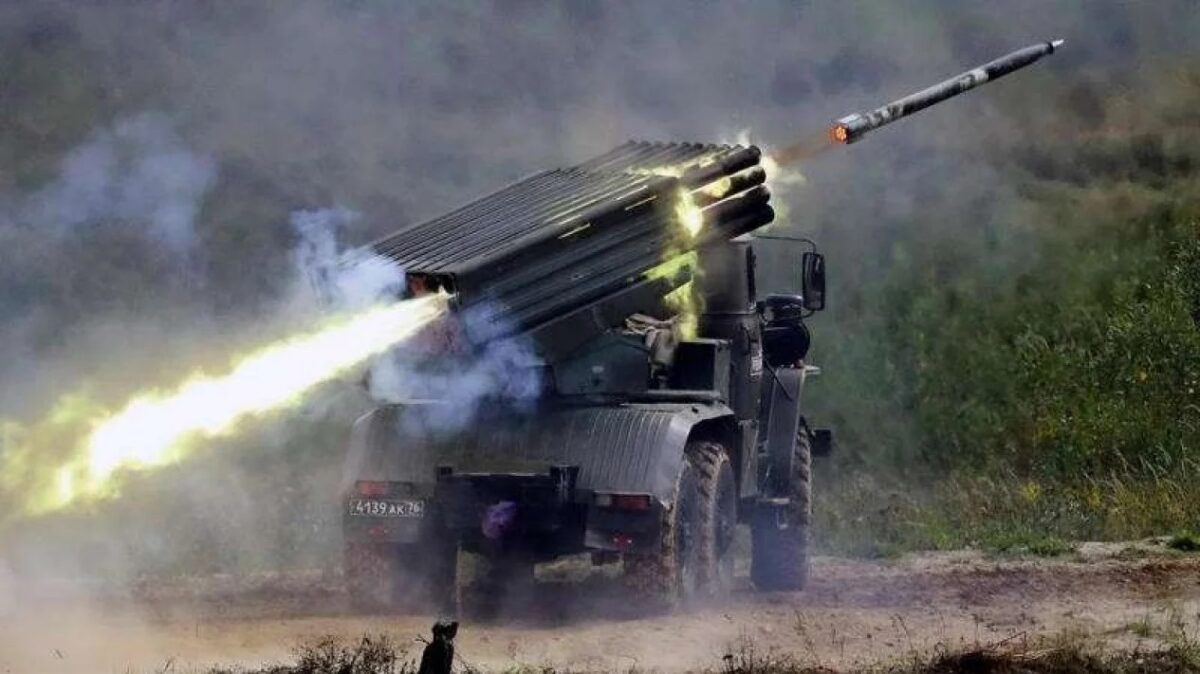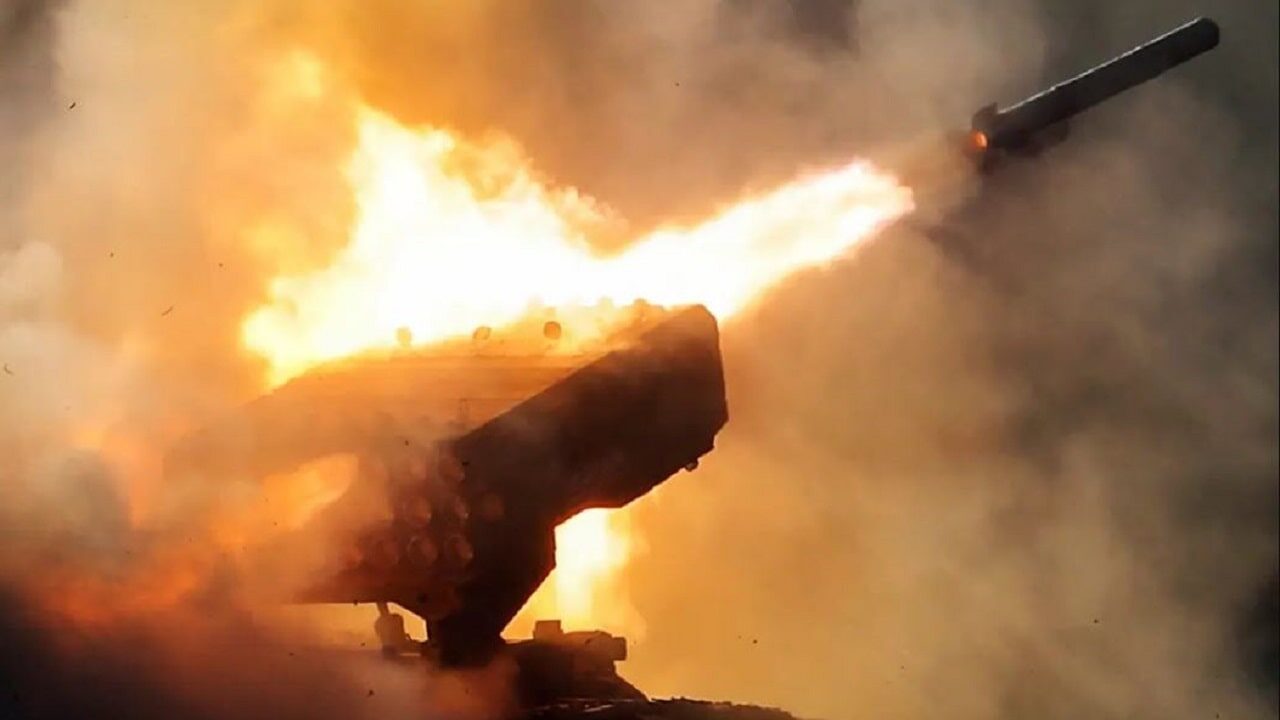Earlier this week, Russian Federation President Vladimir Putin announced that as many as 300,000 reservists could be called up to support the “special military operations” in Ukraine. In addition, Russian Defense Minister Sergei Shoigu gave the first update on casualty numbers in nearly six months, telling state media that some 5,937 soldiers had been killed since the start of the conflict.
Shoigu further dismissed assertions by the Ukrainian government and the west that Russia has suffered heavy losses in its now seventh-month campaign. He added that 90 percent of Russian soldiers wounded in the fighting had returned home. This was the first time Russia has provided an “official death toll” since March 25, when it announced that 1,351 servicemen had been killed.
Given that the fighting has only intensified since then, it seems highly unlikely that only some 4,500 troops were killed over the subsequent six months.
In fact, in August, the Pentagon said that according to its independent estimates, between 70,000 and 80,000 Russian military personnel had been killed or wounded, and in July had estimated that the death toll was around 15,000. Ukrainian estimates are even higher, with as many as 49,000 Russian soldiers killed in the fighting.
Russia’s Losses Continue in Ukriane?
In addition to the human toll, the Kremlin has lost vast numbers of military hardware including tanks and other vehicles.
Earlier this month, the General Staff of the Armed Forces of Ukraine claimed to have destroyed or captured more than 2,000 tanks, as well as some 4,366 armored combat vehicles and 1,126 artillery units. Nearly 900 unmanned aerial vehicles (UAVs) have also reportedly been destroyed in the fighting.
While the actual numbers haven’t been independently verified, it is true that Russian losses of armor have been so great that it has deployed T-62 tanks from “deep storage” to units of its Southern Grouping of Forces (SGF). That has likely only increased the losses, as the tanks are particularly vulnerable to modern anti-tank weapons.

Artillery Attack in Ukraine. Image Credit: Creative Commons.
Among some of the destroyed vehicles are a number of specialized T-72 main battle tanks (MBTs), including those that were previously developed for specialized competitions such as the “Tank Biathlon” event during Russia’s annual Army Games. According to Forbes.com, the T-72B3 2014 has a new, more powerful engine, an improved verion of explosive reactive armor, and a new panoramic sight on top of the turret.
“The Russian army lost three extremely rare T-72B3 obr. 2014 tanks developed specially for their tank biathlon during that infamous attack near Bohorodychne, #Donetsk Oblast. Two were destroyed and another one captured by the Ukrainian army,” the Ukraine Weapons Tracker announced via a tweet on Thursday.
#Ukraine: The Russian army lost three extremely rare T-72B3 obr. 2014 tanks developed specially for their tank biathlon during that infamous attack near Bohorodychne, #Donetsk Oblast.
Two were destroyed and another one captured by the Ukrainian army.https://t.co/57c8R4X9If pic.twitter.com/Gz0H21ZREj— ?? Ukraine Weapons Tracker (@UAWeapons) September 22, 2022
The losses continue to mount.
Just this week, the Ukraine military claimed that in a 24-hour period it had destroyed some 18 Russian tanks, a helicopter, and a fighter jet, along with 14 artillery systems and eight Multiple Launch Rocket Systems (MLRS) in the fighting in fighting in the Eastern Donbas region.
Expert Biography: A Senior Editor for 1945, Peter Suciu is a Michigan-based writer who has contributed to more than four dozen magazines, newspapers, and websites with over 3,000 published pieces over a twenty-year career in journalism. He regularly writes about military hardware, firearms history, cybersecurity, and international affairs. Peter is also a Contributing Writer for Forbes. You can follow him on Twitter: @PeterSuciu.

